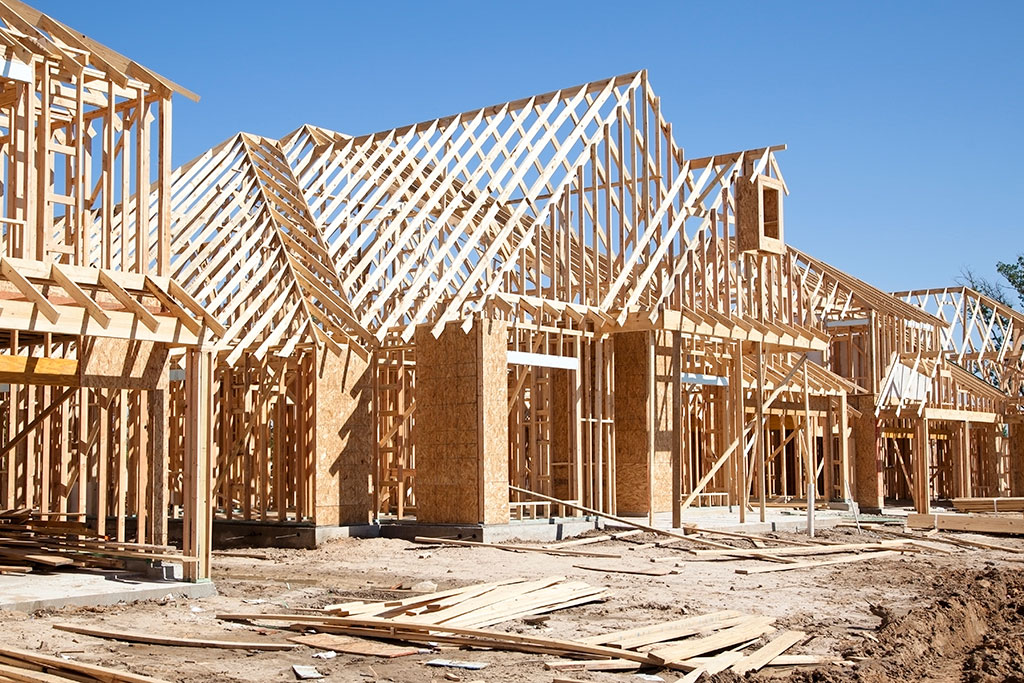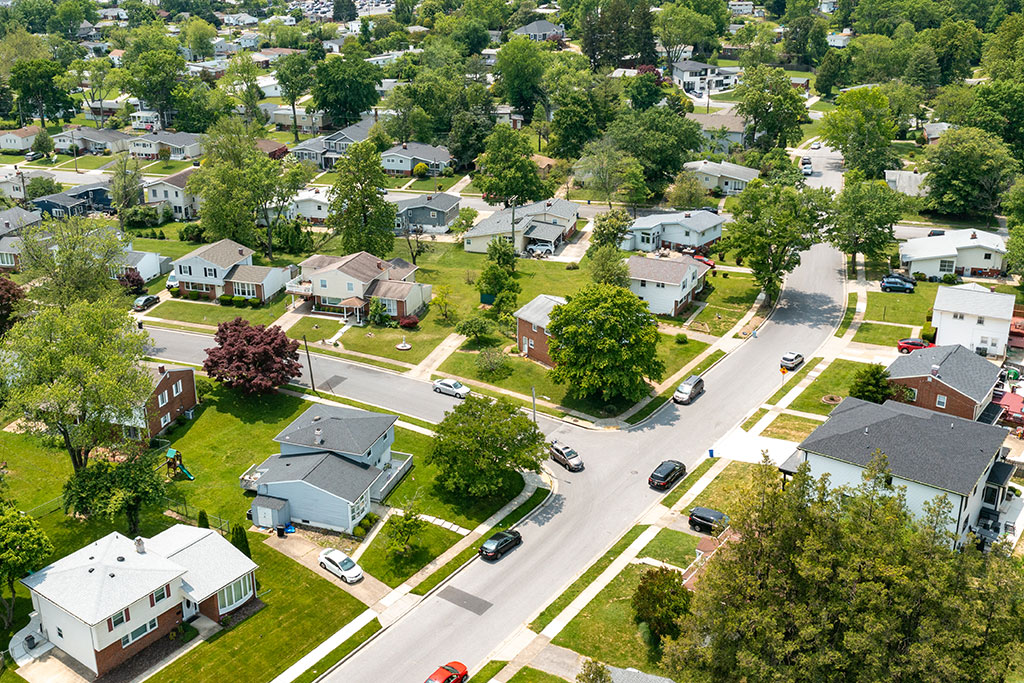The real estate market has undergone several notable shifts over the past few years. From its already competitive 2019 conditions, it continued to heat up in mid-2020 despite the pandemic.
Demand for homes increased, yet available inventory struggled to keep pace, contributing to a significant surge in home prices.
According to the Home Buying Institute, numerous metropolitan areas encountered unprecedented growth from mid-2021 into 2022. However, during the latter portion of that year, there began a considerable rise in mortgage rates that continued throughout most of 2023, causing potential homebuyers to hesitate between purchasing and adopting a wait-and-see stance. Consequently, several regions across the country witnessed a cooling down of the market.
Moving into 2024, experts are predicting growth once again. By understanding the factors that may influence the upcoming market trends, you can get a better feel for what to expect in the year ahead.
Inventory levels and home prices
As the second quarter of 2023 ended, a market correction—where prices stabilized or declined—began to take hold in most housing markets throughout the United States as the previously upward trajectory of prices proved unsustainable. Yet 2024 appears to be poised for another shift: the inventory deficit is predicted to persist through 2024 in most regions of the country, a shortfall that may result in multiple offers on homes and a revival of bidding wars.

With the scarcity of available properties expected to continue, prices are anticipated to rise again, although not necessarily at the same rapid pace observed over the previous four years. Instead, most experts expect moderate price increases in markets nationwide. It’s essential to recognize, though, that specific areas like Austin and certain parts of California, which experienced significant growth during 2021 and the initial half of 2022, are currently undergoing a period of stagnation or even a decrease in market prices. As a result, these regions might require an extended time frame for their property values to recover.
New construction
Builders continue to recover from the challenges caused by the 2008 market crash and the supply chain disruptions brought on by the COVID-19 pandemic. Now, as the shortage of labor and materials gradually improves, builders are getting ready to play a more significant role in 2024 to help alleviate the inventory deficit. Their plan involves offering attractive incentives, such as lower interest rates and even assistance with closing costs, with the aim of encouraging homeowners to sell their existing homes and buy newly constructed ones.

Interest rates
As mortgage rates continue to climb, many homeowners have been reluctant to sell their homes. This hesitation—called the lock-in effect—is due to the fear of getting stuck with a higher interest rate when purchasing their next home. In fact, over 90 percent of homeowners reportedly enjoy a fixed interest rate lower than 6 percent thanks to buying before the rate hikes. Fortunately, Fannie Mae and the Mortgage Bankers Association anticipate a modest decline of at or below 6 percent, at least through mid-2024, which may spur more people to put their homes on the market.

Inflation
Economists remain divided over the projected average inflation rate for 2024. Nonetheless, the Federal Planning Bureau anticipates it will decrease to 3.4 percent compared to the 3.9 percent rate recorded in 2023. This downward trend would help curb rising interest rates, facilitating first-time buyers’ entry into the market and enabling homeowners to break free from the lock-in effect. Consequently, this would lead to an increase in inventory levels.

Remote work
Instigated by the lockdowns during the pandemic, remote work has flourished over the years, resulting in many people moving from expensive urban regions to more spacious residences in suburban and rural locales. This phenomenon, labeled the “donut effect” by the National Bureau of Economic Research, led to a decline in city center populations and the expansion of suburbia. Moving forward, it could potentially contribute to an increase in housing availability, as businesses and individuals may be more inclined to engage in new construction ventures in suburban areas where population growth has outpaced urban centers.

While there’s no definitive way to predict the exact course of the 2024 real estate market, industry experts have been cautious in asserting that the prevailing competitiveness of the market is likely to persist, accompanied by specific challenges, such as shifting interest rates and inflation, that have the potential to influence its trajectory. If you’re contemplating buying or selling next year, seek guidance from your real estate agent to stay well-informed about the most recent developments in the market and ensure you make the best decision about your home.
